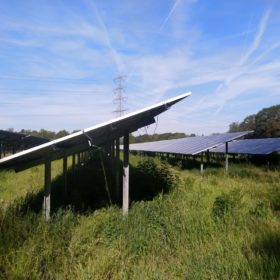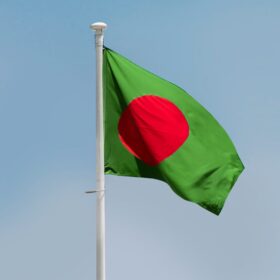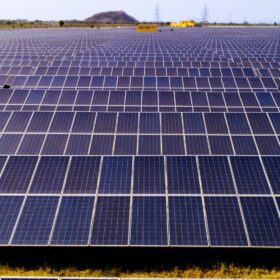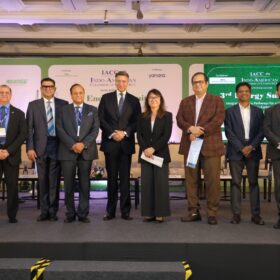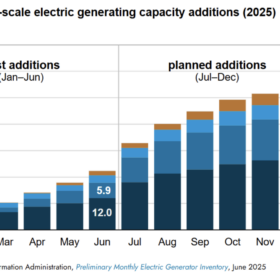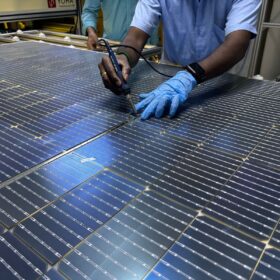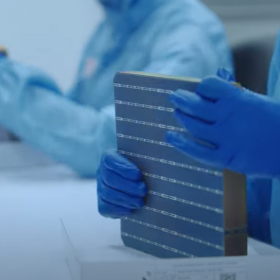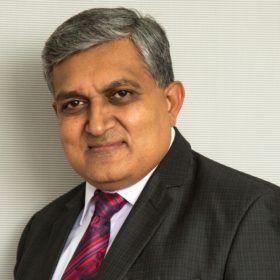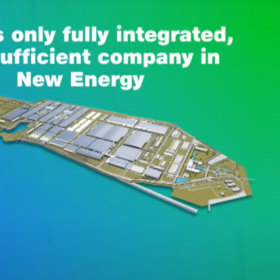ALEMAI calls for policy intervention to support domestic aluminium extrusion manufacturers
Amid rising demand from the solar energy sector, the Aluminium Extrusion Manufacturers Association of India (ALEMAI) has urged the government to take urgent policy measures to reduce dependence on imported aluminium extrusions and support domestic manufacturers.
Cabinet approves INR 1,500 crore incentive scheme for critical mineral recycling
The Union Cabinet, chaired by Prime Minister Narendra Modi, has approved an INR 1,500 crore incentive scheme to develop recycling capacity in the country for the separation and production of critical minerals from secondary sources.
Bangladesh scraps 5.68 GW of solar
Bangladesh has canceled 5.68 GW of planned solar capacity across 34 projects after developers failed to secure implementation, power purchase or land lease agreements, raising investor concerns over policy stability.
GST on solar cells, modules cut to 5%
India’s Goods and Services Tax (GST) Council has announced a reduction in the GST rate on solar cells—whether or not assembled into modules—from the current 12% to 5%. The revised rates will take effect from September 22.
Green ammonia is only 10% costlier than grey in the latest SIGHT Mode 2A auctions
The lowest green ammonia price discovered so far in the SIGHT Mode 2A auctions is just 10.1% higher than the current grey ammonia prices in India (US$515 per MT). Notably, the low cost of Rs 49.75 per kg in the Mode 2A auctions is almost half of a similar green ammonia auction conducted by H2Global in 2024, suggesting an imminent price parity between grey and green ammonia.
India installed 18 GW solar in first half of 2025, says Mercom report
India added 18 GW of new solar power capacity in the first half of 2025, with over 11 GW installed in the second quarter alone.
India finalizing CCUS Mission roadmap, outlay
The Union Government is finalizing the roadmap and financial outlay for the much-anticipated Carbon Capture, Utilisation and Storage (CCUS) Mission, said Rajnath Ram, Adviser for Energy, Natural Resources & Environment at government policy thinktank NITI Aayog.
EIA projects record 64 GW US power capacity buildout in 2025
The US Energy Information Administration (EIA) says developers plan to add 21 GW of solar in the second half of 2025 alone.
Shrinking export opportunities raise solar module oversupply concerns in India: SBICAPS
India’s solar module manufacturing capacity has reached around 100 GW, enough to meet domestic demand. However, with total module capacity rising to 190 GW by March 2027 and export opportunities narrowing, the market faces oversupply crisis, states a new report by SBICAPS.
Domestic solar cell mandate delayed: Boost for renewable energy growth, test for regulators
The revised timeline for the implementation of the Approved List of Models and Manufacturers for Solar Cells (ALMM-II) offers temporary relief to solar developers amid persistent domestic cell supply constraints. However, it also introduces fresh regulatory challenges, particularly around tariff renegotiations for recently awarded projects, according to analysts at CareEdge Ratings.
